It attracts a lot of tourist, but it is not a tourist attraction. It happens each day at dawn. I was up at 5 a.m. in order to get to the place in time to see this important part of the culture in Luang Prabang, Laos. Some of the things I saw were very embarrassing and unnecessarily rude.
I was changing clothes at the hostel, ready to go rent a mountain bike for the day when Tadeo, from Buenos Aires, Argentina, asked to come along
. Tomas, Tadeo and I had spent the previous day hiking thewaterfalls outside Luang Prabang. I mentioned that today I was going biking but they both had plans and could not come along. Now, Tadeo has changed his plans.
My goal was to take the ferry across the river and ride into the Laos countryside. It seems most visitors never cross the Mekong here to the other side. The town of Luang Prabang holds their attention. Across the river there are primitive small villages without the allure most visitors are looking for. There are no tuk tuk's or motorbike taxis here. It's a different world across the river compared to Luang Prabang.
Riding our bikes to the ferry crossing, we boarded the boat with all the motobikes and a few automobiles to cross the river. As I mentioned already, there are not many tourists crossing over, so Tadeo and I were the only two foreigners on the ferry.
Xiang Men is the the small village on the river bank
. The first thing after docking is a steep ride uphill on a dirt road. This was only a hint of what was to come. There were no paved roads and only small huts for the village.
No other foreigners were in sight and Tadeo and I got lots of attention from the local people watching us pedal out bicycles up and down the rough roads. The roads were more dirt than gravel but the thing that made them hard to ride were the large rocks embedded in the road. You have to navigate the bicycles around them constantly.
We started to pass a lot of school children on bicycles heading into the countryside. Like the people in the village, they looked at us like they couldn't believe two foreigners on bicycles were out here in the countryside.
We smiled and yelled, "Saibaidee". (Hello). They smiled back with "Saibaidee". As we passed some of the boys, I motioned to one of them to race me up the hill
. We raced up the rough road with me pulling ahead, but then, mysteriously, before the finish, he pulled ahead and won the race. I took his photo as he threw his hands into the air, smiling from ear to ear because he beat the foreigner.
Other boys wanted to race and somehow they all won at the last minute. Eventually they had to turn off the main road and we all waved and went our separate ways. Tadeo and I didn't know where we were going. We were just riding. But, the direction they headed was off the main road and probably to their homes. We continued on the main road.
The further into the countryside we went the fewer people we saw. But, when we did see someone, we got longer stares from the locals in this rural Lao countryside. The road (if that's what I must call it) was rutted out from the recent monsoon season, I guess, and we had to continue to navigate round the large rocks embedded in this 'road'. The word "boneshaking" comes to mind
.
By now we seem isolated from any civilization. If our bikes have a flat or other problems it will be a long, difficult, trip pushing them back. But, it is very pretty out here!
At a fork in the road we picked a direction and rode. Occasionally we would meet a motorbike, but not much else out here. After a couple of hours riding over the hills, with some nice views of Laos and interesting small villages, we saw a roadside stand and stopped for something to drink. We got some snacks and a cold drink and the sellers let me take a photo of them.
While we were resting, a local man came along and started talking to us. He spoke pretty good english and we had a nice chat with him. Before leaving, we asked the man if there was anything special we could go look at in this direction. He told us about a waterfall a few kilometers down the road. It's not a place foreigners visit often. It is too far out of the way and most do not even know of it, and if they did they would probably not come because renting a motorcycle or bicycle would be the only way to reach it
.
Eventually we arrive at the falls. It's beautiful. It cascades down the high mountain. There are many small falls instead of just one large one. The greenery growing in-between the falls makes for a gorgeous site. It turned out to be one of my favorite waterfalls to date.
We had ridden up and down the hills over these "roads" for about 15 kilometers (9 miles) but the waterfall at the end was well worth it. Plus, we both like to ride bicycles. After taking our photos, Tadeo and I headed back toward the river which now was a long ways off. It would take us the rest of the day to retrace our ride. It was a great day seeing rural Laos.
Once we get back to the little village of Xiang Men, where the ferry let us off, we turned into a side road. We heard there was a monastery here that is a good place to watch the sunset. It's a nice ride through the village and we stop to ask a few locals about the monastery. They don't speak english, so they cannot help
.
After a while, we see something on a hill and we ride in that direction. We ride through an interesting little village and try to ask the locals if the monastery is this way. We can't find anyone to speak english, so we ride on. Eventually, we see some locals heading up a small little road. We follow them and it turns out to be the monastery we are looking for. We park the bikes and climb the hill. It would be a great place to watch the sunset, but we cannot stay that Long. Tadeo has a bus to catch at 6 p.m. so we have to head back across the river.
Some of the most fun and memorable times I have had on this trip has been the times I took a bicycle out for a day's ride. Tadeo was a good person to ride with and I'm glad he decided to come along.
I got up at 5 a.m. this morning, long before the bicycle ride. I wanted to see the old, solemn traditional Lao ritual of giving alms to the monks
.
Local people line the streets every day to offer alms of cooked rice to the monks in their rich saffron colored robes. It's an old ritual and one of the most sacred Lao traditions that has been going on since Buddhism first came to Laos.
The monks walk down the street holding their bowls in front of them. There are dozens of monks walking in the procession, maybe a couple hundred or more. People kneel on the sidewalk and offer alms of cooked rice to the silent monks as they pass. Even though it is a highly sacred ritual for the local people, visitors are encouraged to participate as long as they show respect for this revered ritual.
The ritual dates back to the 14th century. The local villagers kneel down as the line of monks pass by with their bowls. The idea behind the alms giving is that the giver will earn merit for themselves by giving the alms. Merit is a big thing in the Buddhist religion. The food collected will be the one meal of the day for the monks
. Although the main purpose is for locals to give alms to the monks, you will also notice small children kneeling with baskets in the hope that the monks will share some of their alms with them so that they can take food back to their family.
Tourists that want to participate can buy rice from the seller and kneel in place beside the locals to offer their alms.
There are some rules of etiquette to follow if you attend an Alms Giving Ceremony. They are written in brochures for tourists to read and I even saw them posted at the scene of the Alms Giving when I got there about 5:30 a.m.
The rules basically are:*** Shoulders must be covered. Women must not show any cleavage. *** Chests and legs must be covered in modest clothing. *** You must maintain a respectful distance from the monks.*** When seated, shoes and socks must be removed with your feet tucked underneath you.*** Observe the ceremony in complete silence
.*** Females must keep their head lower than the monks when giving alms.*** Females must never talk to or touch the monks at any time, even when making an offering.*** Do not interrupt the procession for any reason. *** Photos may be taken, but at a distance and do not use flash.
Several mini-vans of foreign tourist arrived. The locals were already positioned, sitting on the sidewalk, waiting for the monks. The tourists that wanted to participate in the alms giving bought their rice and got a spot next to the locals.
At 6 a.m. the monks came out of the temples, walking in meditative silence as givers placed spoons of rice in their bowls.
Then is when I saw the embarrassing and rude actions. Many of those that arrived on the mini-vans got up close to the monks, snapping flash camereras in their faces as they collected their alms. They acted as if the ceremony was a tourist attraction. I felt horribly bad for the monks that were being treated like something on display and embarrassed for all foreign visitors to this country
.
The people snapping the flashing photos were not european tourists. They were asian decent. I am sure they were not Japanese. Now that I have been to Japan, I know they are much to polite to act in this manner. Someone said they were Chinese. I am not sure.
From a distance, I used my telescoping lens to snap a few shots without flash and then left the area. I would liked to have stayed longer and observe this ritual but was too embarrassed for the monks to hang around.
Rudeness at Dawn (Laos)
Wednesday, December 04, 2013
 Luang Prabang, Laos
Luang Prabang, Laos
Other Entries
-
109Bathing With Naked Men (Japan)
Oct 0263 days prior Miyajima, Japanphoto_camera52videocam 0comment 2
Miyajima, Japanphoto_camera52videocam 0comment 2 -
110Don't Look Him In The Eyes (Japan)
Oct 0362 days prior Arashiyama, Japanphoto_camera166videocam 5comment 0
Arashiyama, Japanphoto_camera166videocam 5comment 0 -
111The Land of the Rising Sun (Japan)
Oct 0461 days prior Shanghai, Chinaphoto_camera50videocam 1comment 0
Shanghai, Chinaphoto_camera50videocam 1comment 0 -
112Feeding the Dead (Cambodia)
Oct 0560 days prior Siem Reap, Cambodiaphoto_camera35videocam 3comment 0
Siem Reap, Cambodiaphoto_camera35videocam 3comment 0 -
113My Chair is Under Water (Cambodia)
Oct 1055 days prior Battambang Province, Cambodiaphoto_camera117videocam 3comment 0
Battambang Province, Cambodiaphoto_camera117videocam 3comment 0 -
114It's Not The Big Top (Cambodia)
Oct 2441 days prior Battambang Province, Cambodiaphoto_camera50videocam 4comment 0
Battambang Province, Cambodiaphoto_camera50videocam 4comment 0 -
115Who Stole My Sandals? (Cambodia)
Oct 2639 days prior Battambang Province, Cambodiaphoto_camera88videocam 1comment 0
Battambang Province, Cambodiaphoto_camera88videocam 1comment 0 -
116Fire In The Sky (Thailand)
Nov 1618 days prior Pattaya, Thailandphoto_camera60videocam 5comment 2
Pattaya, Thailandphoto_camera60videocam 5comment 2 -
117Happy Holidays (Vietnam)
Nov 259 days prior Hanoi, Vietnamphoto_camera1videocam 0comment 0
Hanoi, Vietnamphoto_camera1videocam 0comment 0 -
118The Hands from Hell (Thailand)
Nov 268 days prior Chiang Rai Province, Thailandphoto_camera91videocam 3comment 0
Chiang Rai Province, Thailandphoto_camera91videocam 3comment 0 -
119Black House Chiang Rai (Thailand)
Nov 277 days prior Chiang Rai, Thailandphoto_camera199videocam 1comment 0
Chiang Rai, Thailandphoto_camera199videocam 1comment 0 -
120The Clock (Thailand)
Nov 286 days prior Chiang Rai Province, Thailandphoto_camera58videocam 1comment 0
Chiang Rai Province, Thailandphoto_camera58videocam 1comment 0 -
121The Epic Journey (Laos)
Nov 295 days prior Chiang Khong, Thailandphoto_camera70videocam 2comment 0
Chiang Khong, Thailandphoto_camera70videocam 2comment 0 -
122Shipwreck on the Mekong (Laos)
Nov 304 days prior Huay Xai, Laosphoto_camera70videocam 4comment 2
Huay Xai, Laosphoto_camera70videocam 4comment 2 -
123Please Cover Your Body - (Laos)
Dec 013 days prior Luang Prabang, Laosphoto_camera141videocam 0comment 0
Luang Prabang, Laosphoto_camera141videocam 0comment 0 -
124Discovering Luang Prabang (Laos)
Dec 022 days prior Luang Prabang, Laosphoto_camera136videocam 0comment 0
Luang Prabang, Laosphoto_camera136videocam 0comment 0 -
125Waterfall on the Mekong (Laos)
Dec 031 day prior Luang Prabang, Laosphoto_camera57videocam 0comment 2
Luang Prabang, Laosphoto_camera57videocam 0comment 2 -
126Rudeness at Dawn (Laos)
Dec 04 Luang Prabang, Laosphoto_camera104videocam 1comment 0
Luang Prabang, Laosphoto_camera104videocam 1comment 0 -
127The Vertical Runway (Laos)
Dec 106 days later Vientiane, Laosphoto_camera110videocam 1comment 0
Vientiane, Laosphoto_camera110videocam 1comment 0 -
128The Stranger in my Bed (Laos)
Dec 128 days later Phonsavan, Laosphoto_camera129videocam 1comment 0
Phonsavan, Laosphoto_camera129videocam 1comment 0 -
129Detained by the Vietnamese Police (Vietnam)
Dec 1612 days later Hanoi, Vietnamphoto_camera24videocam 0comment 0
Hanoi, Vietnamphoto_camera24videocam 0comment 0 -
130The Strangest Thing I Have Ever Heard (Vietnam)
Dec 1814 days later Hanoi, Vietnamphoto_camera103videocam 1comment 0
Hanoi, Vietnamphoto_camera103videocam 1comment 0 -
131The Dead Man (Vietnam)
Dec 1915 days later Hanoi, Vietnamphoto_camera103videocam 1comment 0
Hanoi, Vietnamphoto_camera103videocam 1comment 0 -
132Dresses on Display (Vietnam)
Dec 2117 days later Hanoi, Vietnamphoto_camera101videocam 0comment 0
Hanoi, Vietnamphoto_camera101videocam 0comment 0 -
133Hanoi Disappears-Right Before My Eyes (Vietnam)
Dec 2117 days later Hanoi, Vietnamphoto_camera80videocam 4comment 0
Hanoi, Vietnamphoto_camera80videocam 4comment 0 -
134The Dragon (Vietnam)
Dec 2521 days later Halong Bay, Vietnamphoto_camera150videocam 4comment 0
Halong Bay, Vietnamphoto_camera150videocam 4comment 0 -
135VN Military Museum (Vietnam)
Dec 2622 days later Hanoi, Vietnamphoto_camera69videocam 0comment 0
Hanoi, Vietnamphoto_camera69videocam 0comment 0 -
136Spell Bound On The Perfume River (Vietnam)
Dec 3127 days later Hue, Vietnamphoto_camera174videocam 0comment 0
Hue, Vietnamphoto_camera174videocam 0comment 0 -
137The French Alps (Vietnam)
Jan 0633 days later Dalat, Vietnamphoto_camera72videocam 0comment 0
Dalat, Vietnamphoto_camera72videocam 0comment 0 -
138Imagine Me . . in the Crazy House (Vietnam)
Jan 0936 days later Dalat, Vietnamphoto_camera112videocam 0comment 0
Dalat, Vietnamphoto_camera112videocam 0comment 0 -
139Let's Ride! (Vietnam)
Jan 1037 days later Dalat, Vietnamphoto_camera103videocam 1comment 0
Dalat, Vietnamphoto_camera103videocam 1comment 0 -
140The Glass Pagoda (Vietnam)
Jan 1138 days later Dalat, Vietnamphoto_camera68videocam 0comment 0
Dalat, Vietnamphoto_camera68videocam 0comment 0 -
141The Accident! (Cambodia)
Jan 1845 days later Siem Reap, Cambodiaphoto_camera93videocam 1comment 0
Siem Reap, Cambodiaphoto_camera93videocam 1comment 0 -
142How to Frighten Monsters (Cambodia)
Jan 2148 days later Battambang Province, Cambodiaphoto_camera88videocam 6comment 0
Battambang Province, Cambodiaphoto_camera88videocam 6comment 0 -
143I Get Into A Fight With Two Cambodians (Cambodia)
Feb 1270 days later Siem Reap, Cambodiaphoto_camera65videocam 15comment 0
Siem Reap, Cambodiaphoto_camera65videocam 15comment 0 -
144Cambodia Cultural Museum (Cambodia)
Feb 1371 days later Siem Reap, Cambodiaphoto_camera172videocam 2comment 0
Siem Reap, Cambodiaphoto_camera172videocam 2comment 0

 Luang Prabang, Laos
Luang Prabang, Laos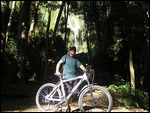
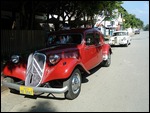
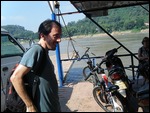
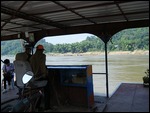

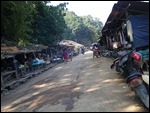
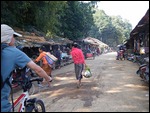
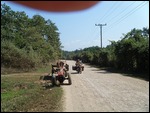








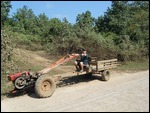
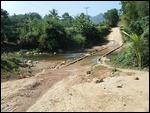
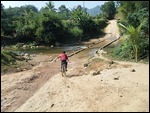

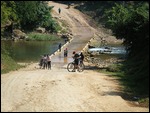
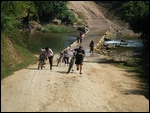
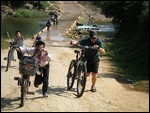
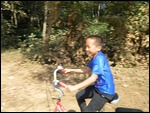
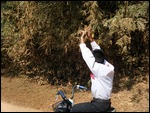
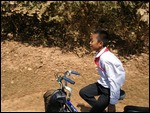
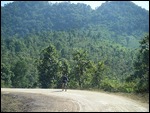
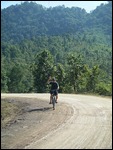
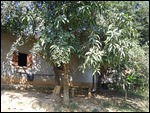
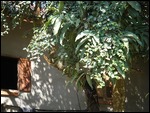
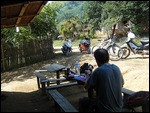
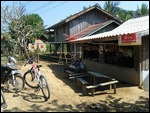
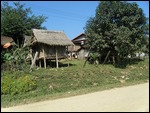
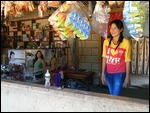
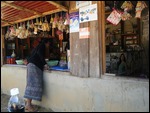
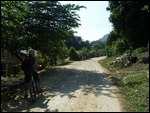
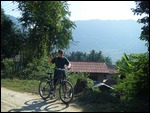
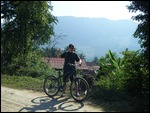
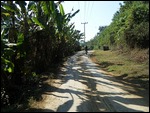
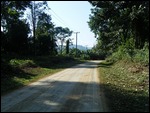
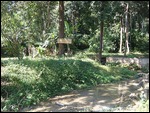
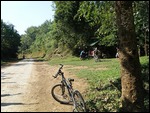
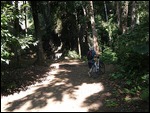
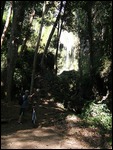
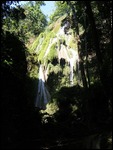
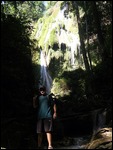
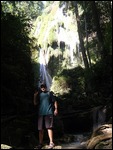
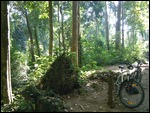
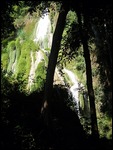
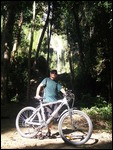
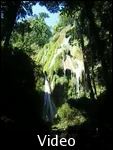
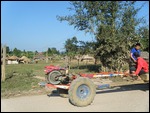
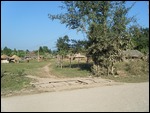
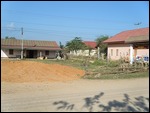
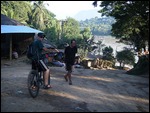
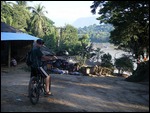
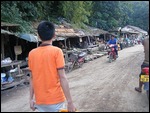


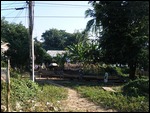
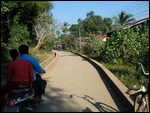
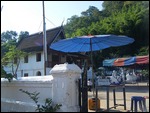
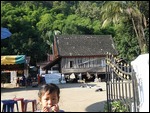
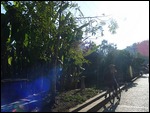

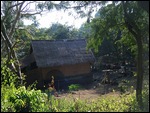

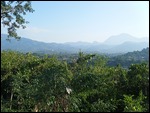
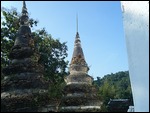
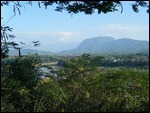
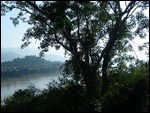
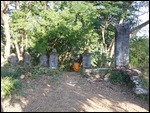
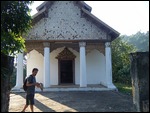
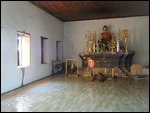
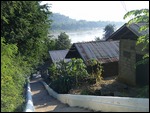
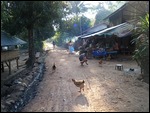
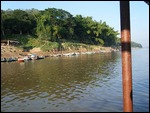

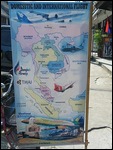
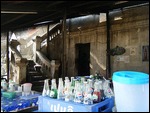
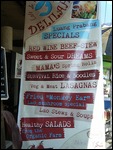
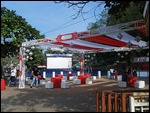
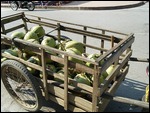
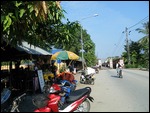
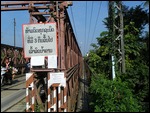
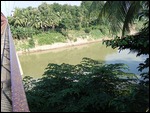
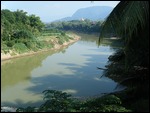
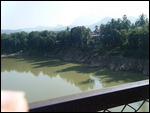
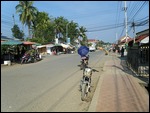
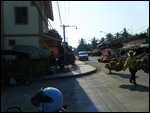
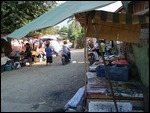
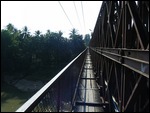
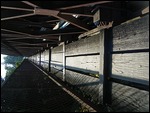
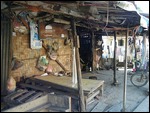
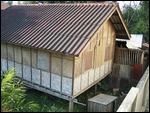
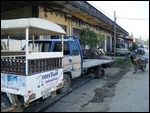
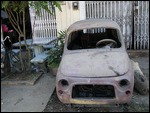
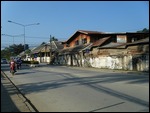
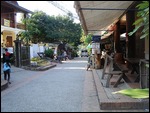
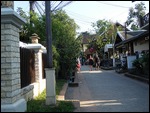
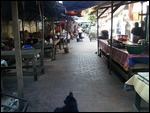

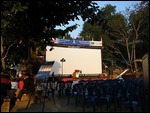
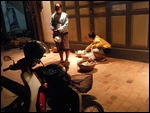
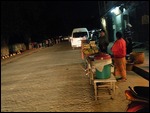
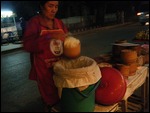
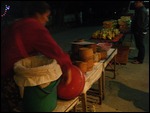


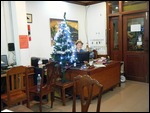
2025-05-22